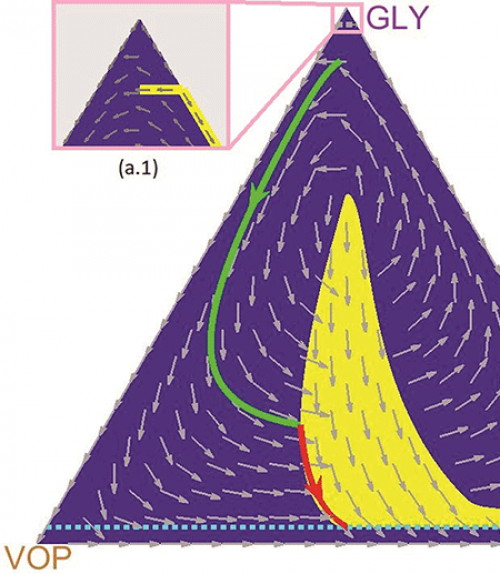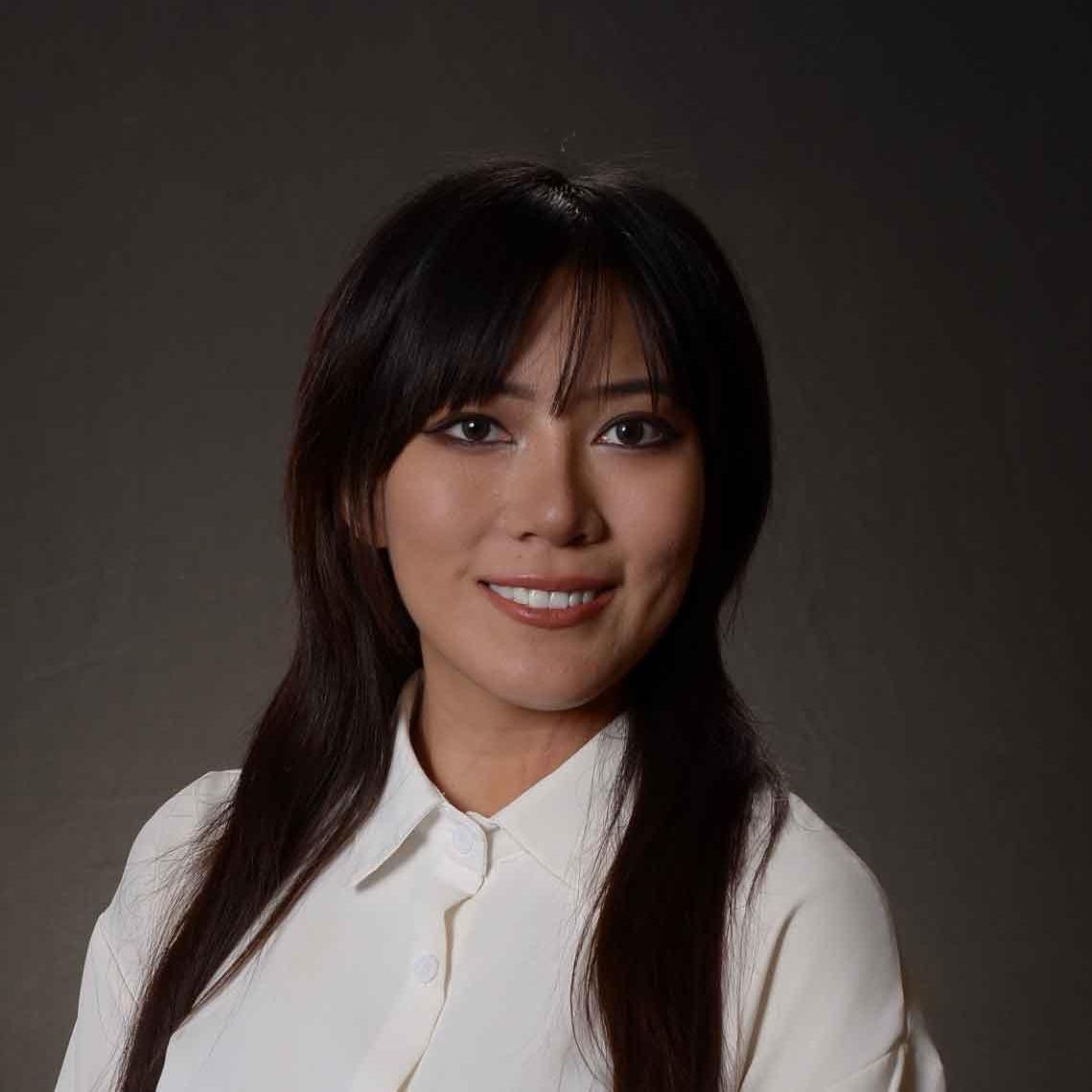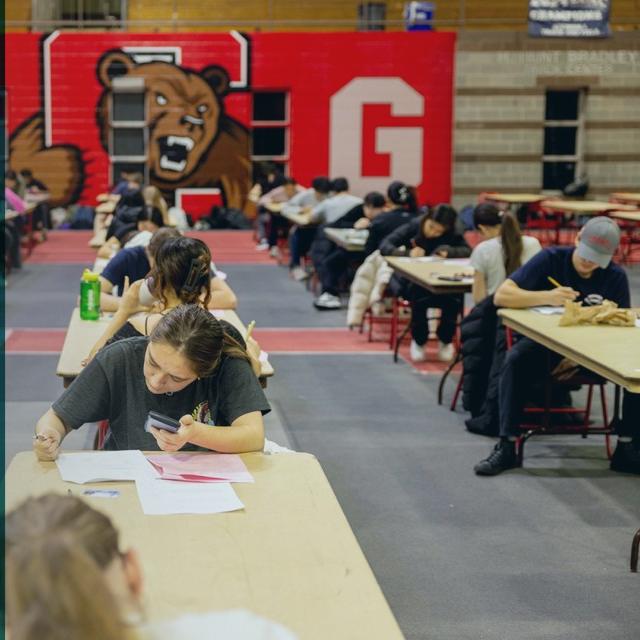
 Department Homepage
The College of Arts & Sciences
Department Homepage
The College of Arts & Sciences
Game theory suggests more efficient cancer therapy
Cancer cells not only ravage the body – they also compete with each other.Cornell mathematicians are using game theory to model how this competition could be leveraged, so cancer treatment – which also takes a toll on the patient’s body – might be administered more sparingly, with maximized effect.




